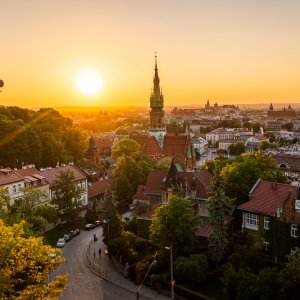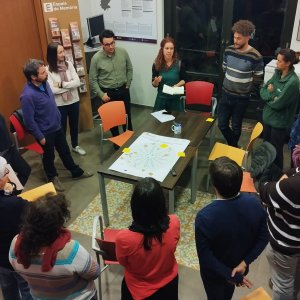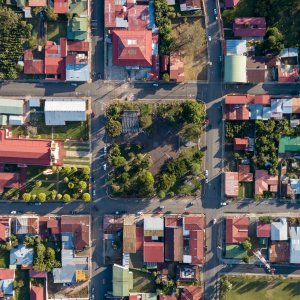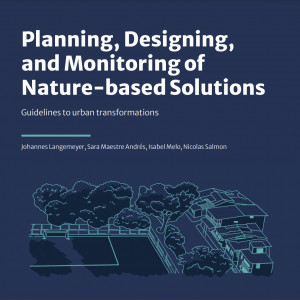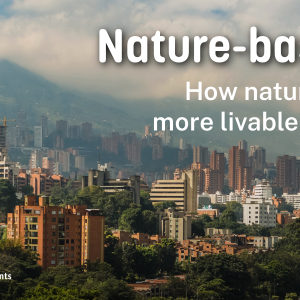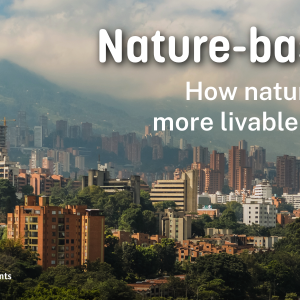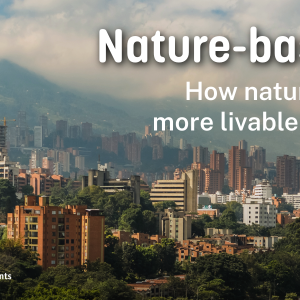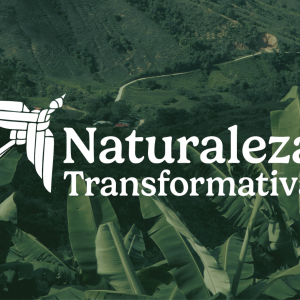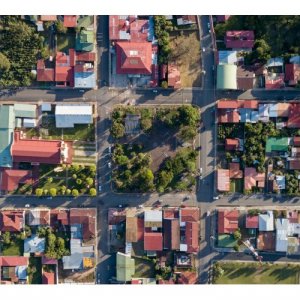The rapid transformation of cities has created significant social, ecological, and economic challenges. Nature-based solutions (NbS) provide an opportunity to address these issues, enhancing urban resilience and sustainability. This section explores how cities can identify key urban challenges, select the most suitable NbS interventions, and monitor their effectiveness based on environmental concerns and stakeholder needs.
Why this matters
Urban areas face increasing pressures from climate change, biodiversity loss, and socio-economic inequalities. NbS, which integrate natural processes into urban environments, offer a way to mitigate these challenges while providing multiple co-benefits, such as improved air quality, reduced urban heat, and enhanced public well-being. However, planning and implementing NbS is complex due to the dynamic nature of urban systems, uncertainties in ecological processes, and the need for interdisciplinary collaboration. Cities must adopt structured approaches to ensure that NbS are not only well-prioritized but also effectively monitored for long-term impact.
Common barriers
To effectively prioritize and evaluate NbS, cities need structured decision-making frameworks and reliable assessment tools. Developing multi-criteria evaluation systems allows municipalities to compare different NbS options based on ecological, social, and economic indicators. Co-creation processes, involving stakeholders from different sectors, help align NbS initiatives with local needs and ensure public support. Cities also require ongoing monitoring mechanisms that track NbS performance over time, enabling adaptive management and evidence-based policy adjustments. Strengthening technical capacity through specialized training programs can further support planners and decision-makers in effectively integrating NbS into urban strategies.
Key challenges and solutions
Cities need structured approaches to assess and prioritize NbS. Implementing multi-criteria assessment frameworks allows municipalities to evaluate NbS effectiveness. Co-creation approaches ensure that NbS meet local needs, incorporating stakeholder perspectives and fostering long-term acceptance. Standardized monitoring protocols support long-term assessment, helping cities track performance and adjust strategies accordingly.
INTERLACE tools and resources
To support cities in overcoming these challenges, INTERLACE has developed a range of practical tools and resources that provide guidance, case studies, and decision-support frameworks for effective NbS planning and implementation. They include, among others:
- Planning, designing and monitoring of nature-based solutions. Guidelines to urban transformations: an assessment framework for restorative NbS that guides the co-production of city-tailored, multi-objective, and multi-criteria assessment systems for restorative NbS
- Modules on on spatial planning and prioritising NbS to address urban challenges, monitoring and evaluating NbS using a co-creation approach and co-creation as a form of collaborative NbS governance as part of the online course “Nature-based Solutions: How to regenerate nature to make neighborhoods more livable, biodiverse, and resilient to climate change”
- Naturaleza Transformativa: a repository of case studies, tools and projects on biodiversity management, nature-based solutions (NbS) and environmental governance in Latin America
- Factsheets presenting 10 good practice tools (models, decision-support systems, methodologies, etc.) relevant to different stages of ecosystem restoration and rehabilitation through NbS
You might also like to visit the City NbS Tool section on incorporating NbS in urban design and planning which relates to this topic
